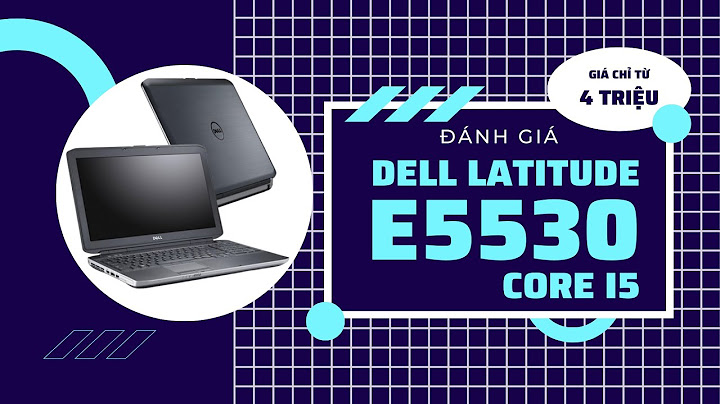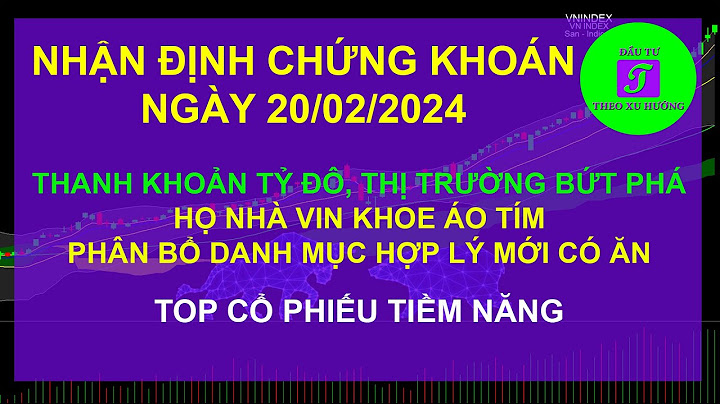DSLR cameras are almost universally considered as the holy grails of digital photography, and rightfully so. But while they are the preferred choice of seasoned lensmen, amateur shutterbugs generally like to start off with the much-simpler point-and-shoot cameras. But what if you fall somewhere between the two? What if you've mastered the basics of taking photos, but are yet to get comfortable with things like interchangeable lenses and full-frame sensors? Show You need what is called a 'Bridge camera'. Also known as prosumer cameras, bridge cameras, as the name suggests, bridge the gap between point-and-shoots and DSLRs. This essentially means that they come with some advanced features (e.g. full manual controls) found in the latter, while retaining the overall simplicity of the former. Modern-day bridge cameras notably also include long zoom lenses that allow users to shoot both wide-angle and extreme telephoto images, but without the need to change lenses, as is the case with DSLRs. For this reason, they are often also known as superzooms. One such superzoom bridge camera is Sony's recently-outed DSC-HX350. It comes with a crazy 50x zoom lens and numerous other features, all encased in a shell that's compact yet stylish. But is it a package compelling enough to fork out Rs 28,990 on? We put the Sony Cyber-shot DSC-HX350 through its paces, and here's our take on it. Design and controls The Cyber-shot DSC-HX350 perfectly mimics the design of a DSLR, despite not being one. In fact, hand it to anyone but the most discerning of photographers, and they almost certainly won't be able to tell that it's not an interchangeable lens camera. Constructed with sturdy plastic and done in Black, the HX350 has a very good in-hand feel. And even though it tips the scales at 650gm (with the battery), it feels lightweight. At the front of the camera is the hefty lens barrel, which houses a 15-element ZEISS Vario-Sonnar T* lens. It has an aperture range of F2.8-6.3, while the focal length varies from 4.3-215mm. Underneath it lies a 1/2.3 type 20.4MP Exmor R CMOS sensor, working in tandem with Sony's BIONZ X image processor. The barrel has a manual ring around it, which can be used to adjust either the zoom level or focus, based on the position of the Zoom/Focus slider switch, which is situated on the left side of the barrel, behind the ring. The Flash pop-up button is located at the top left corner of the lens barrel, while the AF illuminator lamp is at its right. The right side is all about the big, rubberized hand grip. There's a plastic flap on the left side of the HX350, opening which reveals a multi/micro USB terminal port and a micro-HDMI port. Two shoulder strap hooks are also there, one each on the left and right. Move over to the top, and you'll find the pop-up Flash and stereo microphone. On their right is a Power button (with integrated power/charging indicator lamp), a button to toggle between the electronic viewfinder & LCD monitor, and the big mode-selector dial. The shutter button is located on the tip of the hand grip, surrounded by the zoom control lever. There are two more buttons between the zoom lever and jog dial -- Function (to access options like White Balance and Auto HDR), and a custom button to which you can assign any desired function. Now the back is where things get really busy. At the top is the electronic viewfinder, with a small dioptre-adjustment dial on its left. Just below the viewfinder is a 3-inch, 921K dot TFT LCD monitor. The pull-out monitor can be tilted 90-degrees upwards and 60-degree upwards. That said, the display is not touch-enabled. A Movie button (for accessing video recording mode) sits at the top-right corner of the monitor, while a small control dial is on the extreme top-right end of the rear panel. There are a handful of buttons on the right of the LCD monitor as well. These include Playback, In-camera guide/Delete and Menu. Apart from that, there's a four-way control button (with a selector button in its center) that lets you access a myriad array of menus and settings that the HX350 offers. Lastly, the bottom has a socket hole for mounting the camera to a tripod. Just below the rubber grip is a cover. When opened, it reveals the battery insertion slot and memory card slot. All said, the Sony Cyber-shot DSC-HX350 is a great-looking camera whose solidly-designed chassis and extensive physical controls make it appear much costlier than it actually is. No complaints here. Performance If you think that being a fixed-lens camera, the HX350 won’t have enough bells and whistles, you couldn’t be more wrong. The superzoom is packed to the brim with tons of 'advanced bells and whistles', all accessible through labyrinthine yet organized in-camera menus and settings. Want to capture sequential movements of a subject? Motion Shot Video has you covered. Concerned about images turning out to be blurry because you don’t have a tripod? Optical SteadyShot is here to help. Love shooting panoramic photos? iSweep Panorama will take care of that. And this is just the beginning. From light metering and exposure compensation to white balance and object framing, the Sony Cyber-shot DSC-HX350 lets you granularly fine-tune just about everything. There are full-blown manual controls for tweaking essential parameters like aperture and ISO sensitivity. The ISO value ranges between 80-3200 for auto and movie modes, and goes up to 12800 for multi-frame NR mode. The camera can shoot images in multiple aspect ratios and resolutions, which can be selected via the settings. The HX350 has too many sub-modes and presets to be talked about in extensive detail. But based on our time spent reviewing it, we can undoubtedly say that it’s a fantastic camera for everyday usage. Whether you’re shooting in one of the automatic shooting modes or going full manual, the resulting photos come out to be great. Colours look punchy without feeling oversaturated and the photos are quite sharp, with ample amount of resolved detail. The auto HDR mode makes things even better. But the above facts hold true only for photos captured in well-lit conditions. At night, the limitations of the DSC-HX350 become immediately apparent. That’s not to say that low-light images are bad. They are good, but definitely lack in detail. Zoom on a picture taken in a dark setting, and the excessive softening applied by the camera to compensate for digital noise is clearly visible. Then of course, there’s the fact that unlike DSLRs, the HX350 can’t shoot RAW images. However, cranking up the ISO value does help things a bit. As for the camera’s highlight – 50x optical zoom, we found it to be fantastic. The zoom lens goes from Wide to Telephoto (and vice-versa) fast, and without any jerks. With the Cyber-shot HX350, your subject is never far away. Even the photos that are captured without a tripod look great, thanks to the image stabilization goodness that the camera comes with. The camera comes with numerous filter effects such as Pop colour, Posterization, HDR painting, Rich-tone mono and Miniature. During our time with the camera, all of these worked as intended. Sony Cyber-shot HX350 can pull-off double duty as a basic video camera as well. It supports Full HD (1920x1080 pixels resolution) video recording at multiple frame rates such as 24fps and 60fps. The videos can be saved in both AVCHD and MP4 formats. Thanks to the magic of SteadyShot optical stabilization, there’s next to no shakiness in the captured videos. That being said, it’s worth noting that the optical zoom can’t be used during video recording, so make sure you set the zoom before you start recording. Verdict One might question the reasoning behind going for the HX350, given that entry-level DSLRs such as Canon EOS 1300D and Nikon D3300 cost the same. But the thing is, Sony’s superzoom is not targeted at those who want DSLR-like images. It’s aimed at users who are yet to take the full leap into the world of serious photography, but want to have an idea what awaits them when they do. It’s for those aspiring photographers who just want to take really good, if not stunning photos, of everything near and afar. And at a price tag of Rs 28,990, the Cyber-shot DSC-HX350 is a perfect choice for all those users. When did the Sony DSC HX350 come out?First introduced in December 2016, Sony Cyber-shot DSC-HX350 is a 20.0MP Small Sensor Superzoom camera with a 1/2.3 (6.17 x 4.55 mm ) sized BSI-CMOS sensor, built-in Image Stabilization, Tilting screen and 50.0x zoom 24-1200 mm F2. What does DSC stand for Sony camera?Cyber-shot model names use a DSC prefix, which is an initialism for "Digital Still Camera". Many Cyber-shot models feature Carl Zeiss trademarked lenses, while others use Sony, or Sony G lenses. How old is the Sony Cyber Shot camera?
When did the Sony Cyber Shot DSC WX50 come out?Launched in January 2012, Sony Cyber-shot DSC-WX50 is a 16.0MP Small Sensor Compact camera with a 1/2.3-inch (6.17 x 4.55 mm ) sized BSI-CMOS sensor, built-in Image Stabilization and 5.0x zoom 25-125 mm F2. |




















